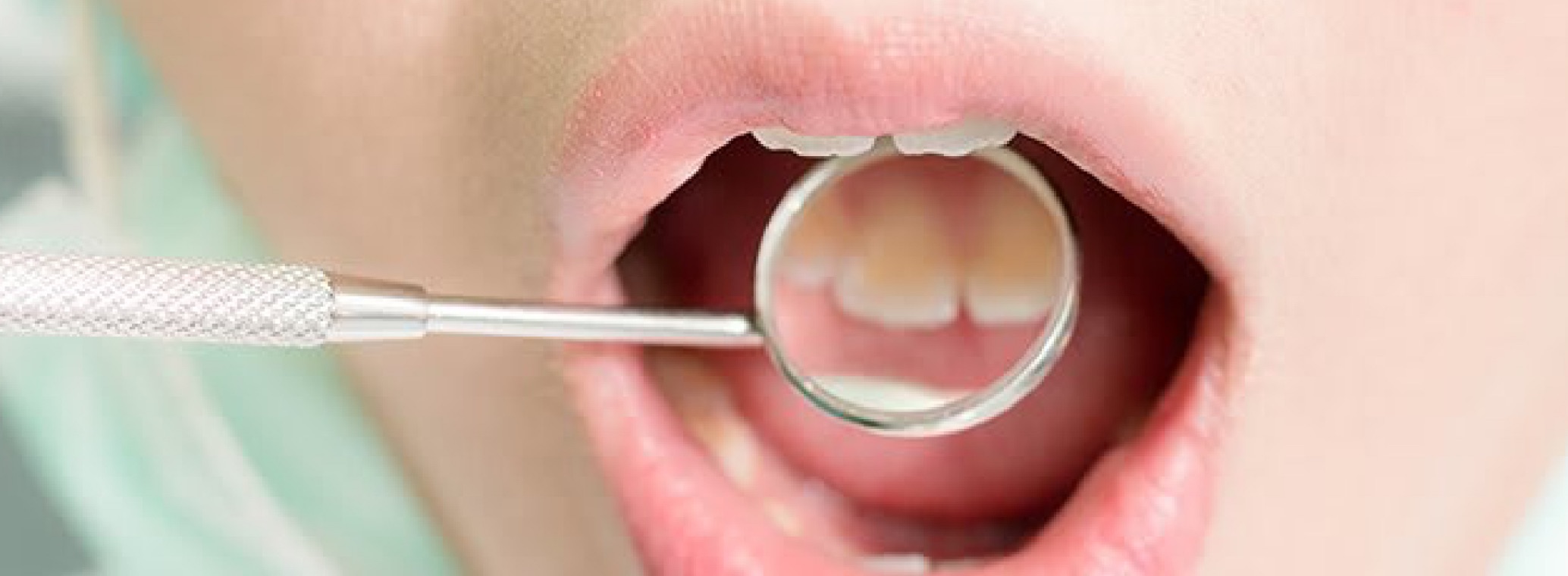Toothache Tango: Painful Cavities and Timely Treatment
Toothaches can range from a mild nuisance to a throbbing nightmare. Cavities, also known as dental caries, are a common culprit behind toothaches, but does a cavity always mean it’s too late for treatment? This comprehensive guide explores the connection between cavities and pain, discusses treatment options at different stages, and emphasizes the importance of early dental intervention for a healthy smile.
The Cavity Culprit: Understanding Tooth Decay
A cavity is a decayed area in the tooth caused by plaque buildup. Plaque is a sticky film of bacteria that forms on your teeth when starches and sugars in food are not properly removed through brushing and flossing. Bacteria in plaque produce acids that erode tooth enamel, the hard outer layer of your teeth. If left untreated, this decay can progress through the dentin layer (softer layer beneath enamel) and reach the pulp (innermost part of the tooth) containing nerves and blood vessels, causing pain.
The Painful Progression: When Cavities Cause Discomfort
Cavities don’t always cause immediate pain. The level and nature of pain can vary depending on the severity of the decay:
- Early Cavity: In the initial stages, a cavity might not cause any pain. You might experience mild sensitivity to hot, cold, or sweet foods and beverages.
- Moderate Cavity: As the decay progresses into the dentin layer, you might experience occasional sharp pain, especially when biting down or consuming hot, cold, or sweet things.
- Advanced Cavity: If the decay reaches the pulp, you might experience a constant, throbbing pain that can be severe and radiate to other areas of your face. This indicates significant nerve involvement and requires prompt dental attention.
Treatment Options: Addressing Cavities at Different Stages
The good news is that cavities are treatable at various stages:
- Early Cavity: For a cavity detected in the early stages, a simple filling is usually sufficient. Your dentist will remove the decayed portion of the tooth and fill the cavity with a tooth-colored composite resin or other material.
- Moderate Cavity: If the decay has progressed further, a larger filling or an inlay/onlay might be necessary. Inlays and onlays are custom-made pieces of tooth-colored material used to restore larger areas of decay.
- Advanced Cavity: If the decay reaches the pulp, a root canal treatment might be necessary. This procedure involves removing the infected pulp, cleaning the root canals, and sealing the tooth to prevent further infection. A crown (artificial tooth cap) might be placed on the tooth to restore its strength and function.
- Severely Damaged Tooth: In rare cases, where the tooth is severely damaged or infected beyond repair, extraction might be the only option. Your dentist will discuss tooth replacement options like implants or bridges to restore function and aesthetics.
Remember: Early intervention is crucial for successful treatment and preserving your natural tooth structure.
Beyond the Pain: Importance of Early Dental Care
Here’s why early dental care is vital for managing cavities and maintaining oral health:
- Preserves Tooth Structure: Early treatment with fillings minimizes the amount of tooth structure that needs to be removed.
- Minimizes Pain and Discomfort: Addressing cavities early prevents the progression of decay and the associated pain.
- Cost-Effective: Early intervention is typically less expensive than treating advanced cavities or complications like tooth abscesses.
- Reduces Risk of Further Complications: Left untreated, cavities can lead to serious complications like tooth loss, jawbone infection, and even systemic health problems.
Frequently Asked Questions (FAQ)
Q: If my cavity doesn’t hurt, do I still need treatment?
- A: Yes. Even if you’re not experiencing pain, a cavity is still present and can progress. Early treatment with a filling is much simpler and less expensive than addressing a more advanced cavity or its complications.
Q: How can I prevent cavities?
- A: A consistent oral hygiene routine with twice-daily brushing using fluoride toothpaste, daily flossing, and regular dental checkups and cleanings are crucial for preventing cavities. Maintaining a healthy diet by limiting sugary foods and drinks also helps reduce your risk.
Q: What if I have a severe toothache and suspect an advanced cavity?
- A: Seek immediate dental attention. Early intervention can minimize potential complications and discomfort. Don’t wait for the pain to worsen before scheduling an appointment with your dentist.

